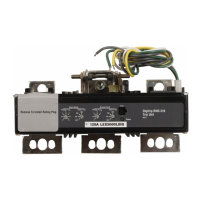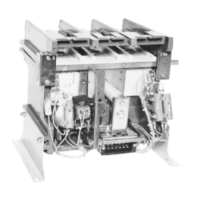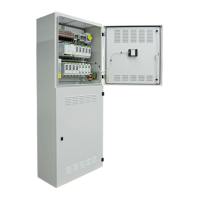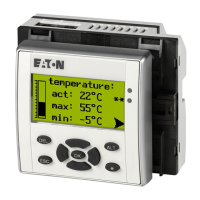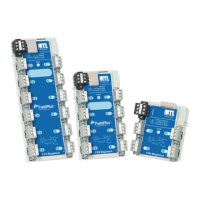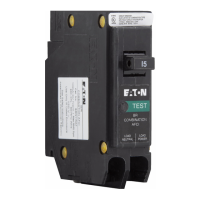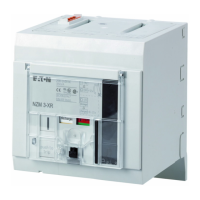AD
33-855-4
Page
5
SECTION
1 GENERAL INFORMATION
AND
SAFEW
PRECAUTIONS
1.1
Safety
Precautions
The
warnings included as
part
of
the
procedural
steps in this
manual
are
for
personnel
safety and
protection
of the equipment
from damage. An
example of a
typical warning is shown here
to
familiarize
personnel
with the style of
presentation.
ln addition, the following
warning applies
throughout
this manual. lt should be read and
understood
before
proceeding.
I
wnnr.rrruc
POWER CIRCUIT BREAKERS ARE EOUIPPED
WITH HIGH SPEED,
HIGH ENERGY OPERATING
MECHANISMS.
THE BREAKERS
AND THEIR
ENCLOSURES
ARE
DESIGNED
WITH SEVERAL
BUILT-IN
INTERLOCKS AND SAFETY
FEA-
TURES INTENDED
TO PROVIDE SAFE AND
PROPER OPERATING
SEQUENCES.
TO PRO-
VIDE MAXIMUM PROTECTION
FOR PERSON.
NEL ASSOCIATED
WITH THE INSTALLATION,
OPERATION,
AND MAINTENANCE
OF THESE
BREAKERS,
THE FOLLOWING PRACTICES
MUST BE FOLLOWED. FAILURE
TO FOLLOW
THESE PRACTICES
MAY RESULT IN DEATH,
PERSONAL
INJURY OR PROPERTY
DAMAGE.
.
Only
qualified persons,
as
defined in the
National
Electric
Code,
who are familiar with
the installation and maintenance
of Power
Circuit
Breakers
and
their associated
switchgear
assemblies should
pedorm
any
work associated
with these Breakers.
.
Completely
read and understand all
instructions before attempting
any installation,
operation,
maintenance, or
modification of
these Breakers.
.
Always turn off and lock out
the
power
source
feeding
the Breaker
prior
to attempting any
installation, maintenance, or
modification of the
Breaker.
Do not
use
the Circuit Breaker as
the
sole
means for isolating a high
voltage
circuit.
Follow all lockout and
tagging rules of the
National Electric Code and all
other
applicable
codes, regulations,
and work rules.
Do not work on a closed
Breaker or a Breaker
with
the
closing
springs charged.
Trip
(open)
the
Breaker and be sure
the
stored
energy
springs are discharged
before
pedorming
any
work.
The Breaker may trip
(open)
or
the
charging
springs
may
discharge.
causing
crushing
or cutting injuries.
For drawout
Breakers, trip
(open)
and
then
remove
the Breaker to a well-lit
work area
before beginning work.
Do not
perform
any maintenance:
including
Breaker charging. closing,
tripping, or any
other
function which could cause significant
movement of the
Breaker while it is on the
extension
rails. Doing so may cause
the
Breaker to slip from the
rails and fall,
potentially
causing severe
personal
injury
to those in the
vicinity.
Do not
leave
the
breaker
in
an
intermediate
position
in the Switchgear
Cell. Always
leave
it in the connected,
disconnected,
or
(optional)
test
position.
Failure to do so could
lead to improper
positioning
of the breaker and
flashover,
causing death, serious
personal
injury and
/ or
property
damage.
Do not defeat
any safety interlock. Such
interlocks are intended to
protect personnel
and equipment
from
damage
due to
flashover
and exposed contacts.
Defeating
an interlock could
lead to death, severe
personal
injury and / or
property
damage.
Etlectve 9/01
ElT.il
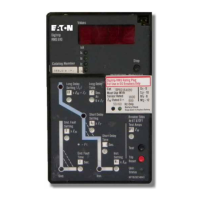
